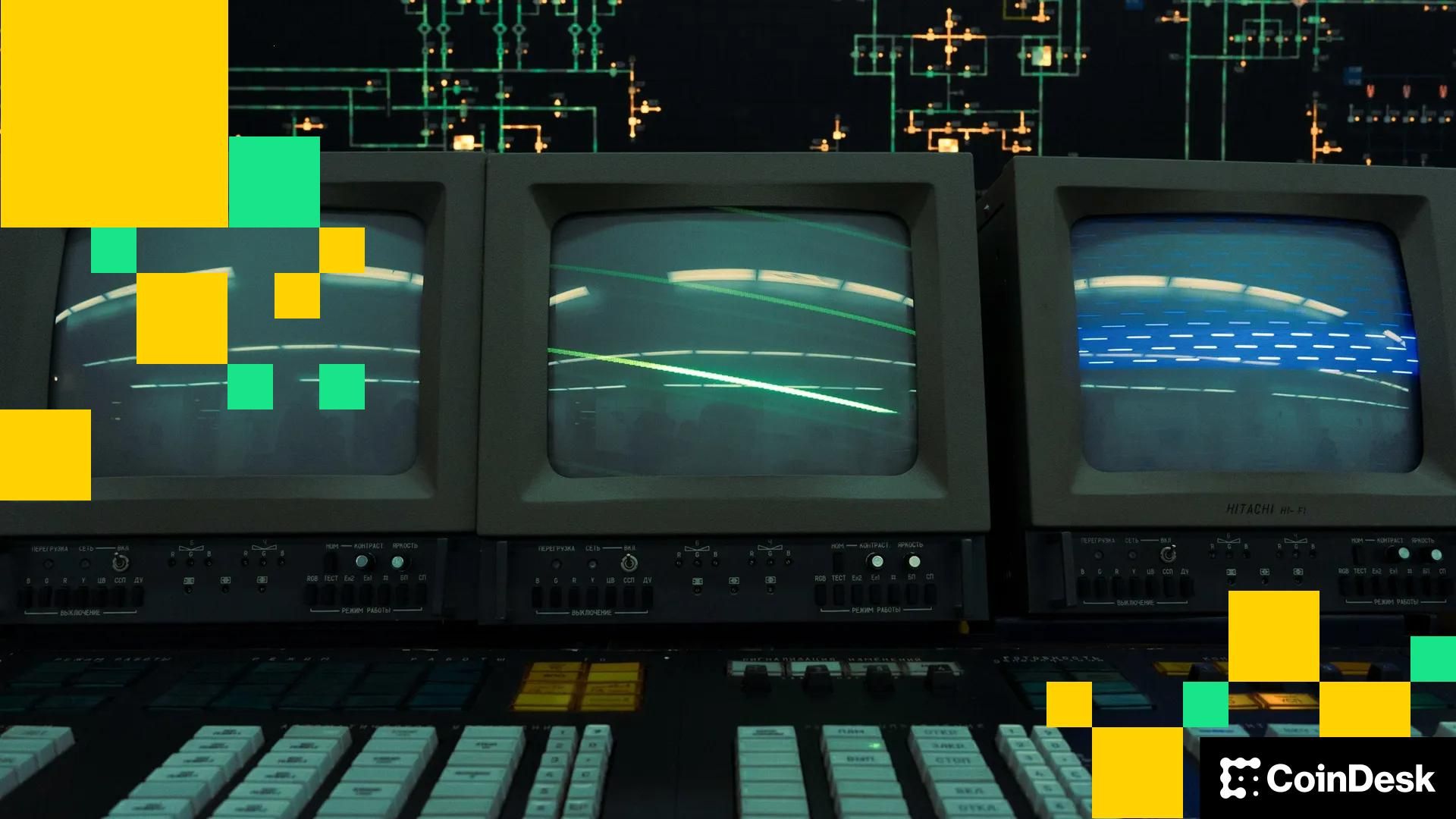
If an AI system were ever to breach the cryptography of a highly regarded blockchain—whether in a white hat research context or otherwise—the ensuing panic sell-offs would dwarf any previous market fluctuations. Should a quantum computer manage to compromise a blockchain, it would effectively signify the end of such systems, as their fundamental purpose would be irreparably compromised.
Fortunately, there is a clear technical pathway to avert this disaster. Some, though not enough, protocols are beginning to adopt it. But why do many others lag behind?
This is a significant and imminent hazard that the cryptocurrency sector is brushing aside at its own risk. To secure the future of decentralized technologies, the crypto world urgently needs to enhance its infrastructure to engage proactively with the industries that represent the greatest threats: AI and quantum computing.
Whether due to pride, protectionism, or competition, the necessary cross-industry collaborations and technical preparations are occurring at an insufficient pace. Consequently, the technologies designed to benefit humanity are becoming increasingly susceptible to the infrastructures that will define their future.
Blockchain technology is at last providing secure, transparent, and self-sovereign systems on a global scale. However, the rising threats of AI—and in the future, quantum computing—demonstrate that the crypto sector is not taking adequate steps to safeguard its achievements.
A recent Cornell University study explored how adversarial AI agents linked to blockchain protocols can be manipulated by malicious entities that alter their memory or context. Bad actors can introduce fabricated histories or prompts, which could lead to unauthorized transfers or violations of protocols, effectively turning AI-driven crypto agents into compromised allies.
In the meantime, AI in the hands of criminals is already propelling cybercrime. AI-driven phishing, malware, and zero-day exploits are on the rise, and traditional defenses are struggling to keep pace.
Equally critical is the blatant disregard our industry shows toward quantum computing. While it may still be a decade away from posing a viable threat to blockchains, this risk could be even more significant than a generative AI-driven 51/49 attack. Experts warn that within a decade, robust quantum computers may break encryption that secures up to 25% of all Bitcoin, particularly those stored in legacy wallets with exposed public keys.
Researchers have already established that traditional public key cryptography, which forms the backbone of blockchains, is vulnerable to existing quantum algorithms. Emerging post-quantum cryptography (PQC) standards from cybersecurity organizations like NIST and ENISA are now available, but the crypto sector isn’t heeding their recommendations with sufficient seriousness.
The overarching issue is that many crypto operators prioritize rapid growth over responsible scaling, lacking the urgency to collaborate with experts in AI and quantum computing to future-proof their systems.
Only a handful of blockchains, including Sui, Ethereum, and Algorand, are actively developing and testing post-quantum algorithms. Sui, for instance, is addressing the backward compatibility challenges to protect older, non-quantum accounts. Despite NIST standards gaining traction, some of the most prominent networks continue using ECDSA without quantum-resistant upgrades. Research has highlighted widespread unpreparedness among major platforms.
The repercussions of inaction can be dire. If AI successfully infiltrates blockchain systems, breaches could go unnoticed, be stealthy, and systemic. Agents with falsified memories could illegitimately transfer funds, compromise the security of contracts, or corrupt DeFi protocols. Conversely, if quantum computing advances before the widespread adoption of quantum-safe algorithms, attackers could reverse-engineer private keys, alter transaction histories, and compromise user wallets, ultimately eroding trust in the entire industry.
There is still time to mitigate these systemic risks, but the shift toward future-proof technologies and partnerships must commence promptly. Every crypto protocol should evaluate its cryptographic assets and initiate a phased adoption of post-quantum cryptography well ahead of the suggested security agency timelines.
Procrastination is not a strategy, as there could easily be a breakthrough in quantum computing or AI—potentially accelerated by AI itself—that shifts the threat landscape dramatically ahead by several years.
Beyond the failure to future-proof blockchains at the protocol level, meaningful collaborations between crypto, AI, and quantum companies remain lackluster. There aren’t enough AI firms co-designing secure frameworks for crypto alongside blockchain companies, nor is there adequate collaboration between the blockchain sector and quantum academic environments.
Collectively, crypto operators as well as AI and quantum researchers must devise frameworks for mutual coexistence. This includes creating mechanisms where blockchains safeguard AI outputs with immutable logs, transparent decision histories, and reliable governance structures.
Furthermore, engagement with regulatory bodies needs significant improvement. This entails collaboration with organizations like NIST and ENISA to test and help refine emerging post-quantum cryptography standards. Participating in shaping the criteria for quantum-proof protocols increases the likelihood of their correct and secure implementation.
Enhanced cooperation will yield safety measures that protect governments, businesses, individuals, and the technological frameworks driving humanity forward. More critically, the potential benefits of synergy among crypto, AI, and quantum computing are vast, enhancing societal advancements when aligned. Deeper cross-industry integrations not only bolster security but also strengthen the global economy.
Imagine networks that utilize quantum-safe signatures and encryption from the outset through quantum and crypto collaborations. This is where it becomes intriguing. These networks could securely store next-generation scientific data—medical breakthroughs, genomic research, climate models—ensuring that even the most sophisticated quantum opponent cannot manipulate historical truths. In such scenarios, quantum advances would be partners, not threats.
By engaging proactively with AI and quantum communities, the crypto sector can realize its potential. It can build systems that are resilient against future threats while also enhancing humanity’s capabilities. However, if the industry fails to work more effectively with other sectors and does not take proactive steps to mitigate risk, much of the excitement surrounding today’s developments could vanish.
